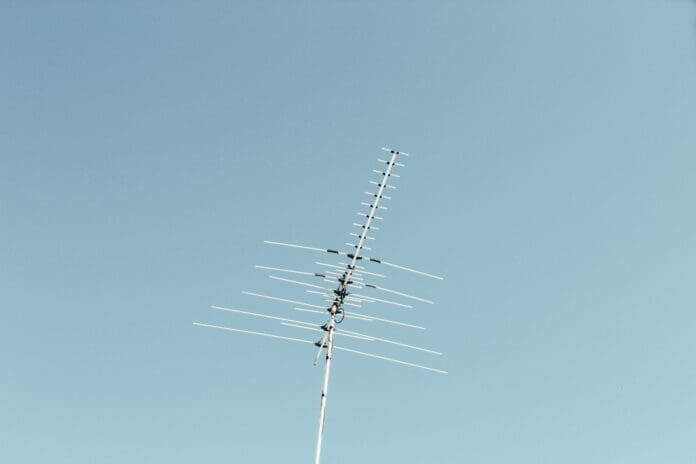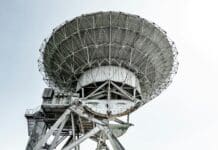This post is also available in:
 עברית (Hebrew)
עברית (Hebrew)
A newly unveiled satellite antenna capable of simultaneously operating on both Ku- and Ka-band frequencies is poised to change how military forces maintain secure and uninterrupted communications in the field. This advancement marks a notable departure from conventional systems, which have traditionally required separate antennas to access each band.
The antenna, developed by U.S.-based Kymeta, integrates dual-band functionality into a single, compact platform—eliminating the need for multiple terminals and the associated increase in size, weight, and power consumption. This streamlined configuration significantly enhances the operational efficiency of military platforms, particularly where space and power are at a premium.
One of the antenna’s key innovations is its ability to maintain up to four concurrent communication beams. This capability boosts available bandwidth, reduces latency, and extends coverage without requiring hardware swaps or manual reconfiguration. For military users operating in remote or contested environments, this translates into more stable data links and higher operational resilience.
The technology also supports seamless roaming between satellite networks, akin to how smartphones move between cell towers. This interoperability is essential for maintaining persistent connectivity during dynamic missions where access to a single network may be unreliable or compromised.
With defense operations increasingly reliant on AI, autonomous systems, and real-time data sharing, communications infrastructure must be adaptable and fail-safe. Kymeta’s antenna addresses this need, aligning with emerging military strategies that emphasize distributed, resilient networks capable of functioning across various frequency bands and orbital regimes.
The system’s robust performance has already been demonstrated, positioning it as a tool for ensuring continuous connectivity even in the face of jamming, degraded bandwidth, or electronic warfare. This is especially relevant to initiatives like the U.S. Space Force’s push for a “network of networks” that leverages multiple pathways to ensure uninterrupted command and control.
As military communications shift toward a more decentralized, multi-orbit future, technologies like this dual-band antenna offer a practical and forward-looking solution to the connectivity challenges of the modern battlespace.


























